Honoring Black Leaders in Public Health, Government, and IT: Dr. Patricia Bath

DLH is celebrating Black History Month by honoring the legacy of African-American leaders in public health, government, and information technology. Click here to view more entries in our series.
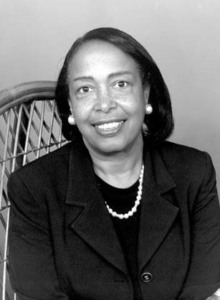 Dr. Patricia Bath was a medical pioneer, inventing a new device and procedure for cataract surgery, implementing a new discipline known as ‘community ophthalmology,’ and advocating for telemedicine as a means for treating patients in hard-to-reach regions. She was a tireless advocate for blindness prevention, treatment, and cure.
Dr. Patricia Bath was a medical pioneer, inventing a new device and procedure for cataract surgery, implementing a new discipline known as ‘community ophthalmology,’ and advocating for telemedicine as a means for treating patients in hard-to-reach regions. She was a tireless advocate for blindness prevention, treatment, and cure.
As a young ophthalmology intern in New York City, Bath was quick to notice massive health disparities between patients at the eye clinic at Harlem Hospital and the eye clinic at Columbia University. At the Harlem clinic, nearly half the patients were blind or visually impaired. At Columbia, there were few blind patients. Troubled by the perceived disparity, Bath conducted a retrospective epidemiological study. Rates of blindness among black Americans were shown to be double those of blindness among whites. Bath concluded that the high prevalence among blacks was a result of lack of access to eye care, and proposed the new medical discipline of community ophthalmology: offering preventative eye care to underserved populations.
Dr. Bath’s renown only grew as her career continued. After five years of research and testing, Bath invented a new device and method to remove cataracts — the laserphaco probe. This laser was more precise and less invasive than previous devices, and enabled Dr. Bath to recover the sight of multiple individuals who had been blind for over 30 years! The device is still used today worldwide. Bath became the first black female doctor to receive a medical patent, and the United States Patent and Trademark Office credits her work with having “helped restore or improve vision to millions of patients worldwide.”
After retiring from UCLA Medical Center in 1993, Dr. Bath spent much of her time advocating for telemedicine to provide medical services to remote areas where access to health care is limited.
Learn more about the life and legacy of Patricia Bath from the U.S. National Library of Medicine.
Sources:
‘Dr. Patricia E. Bath,’ U.S. National Library of Medicine
‘Dr. Patricia Bath,’ Scholastic Teacher’s Activity Guide
‘Dr. Patricia Bath, 76, Who Took On Blindness and Earned a Patent, Dies,’ The New York Times

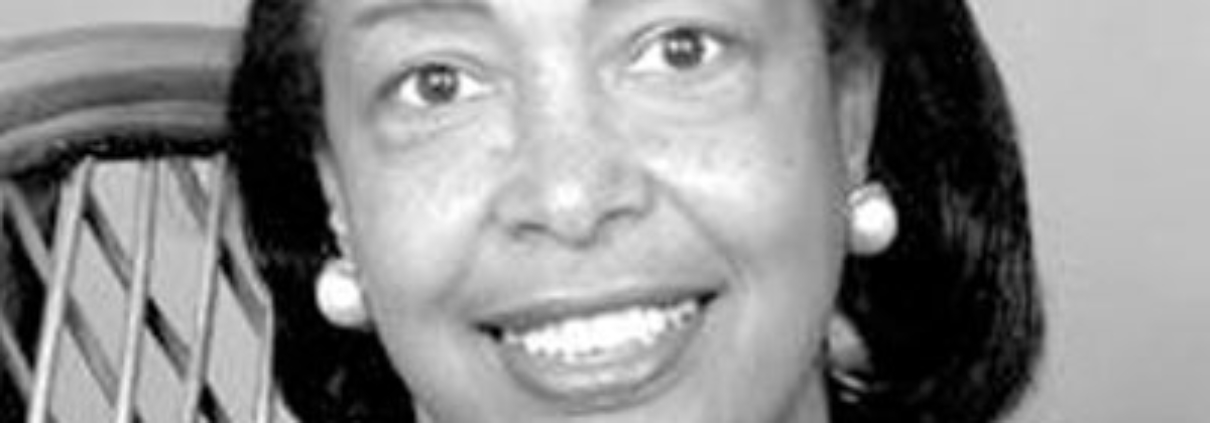
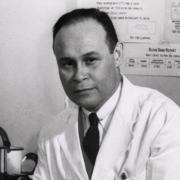
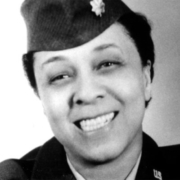
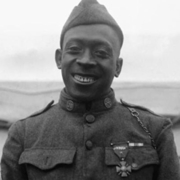
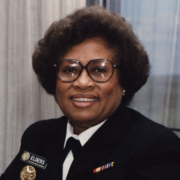
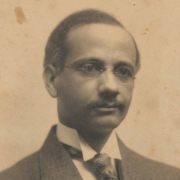
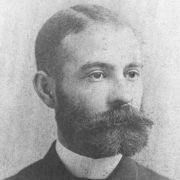
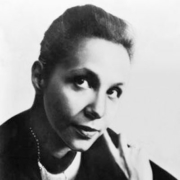
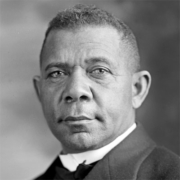



Leave a Reply
Want to join the discussion?Feel free to contribute!